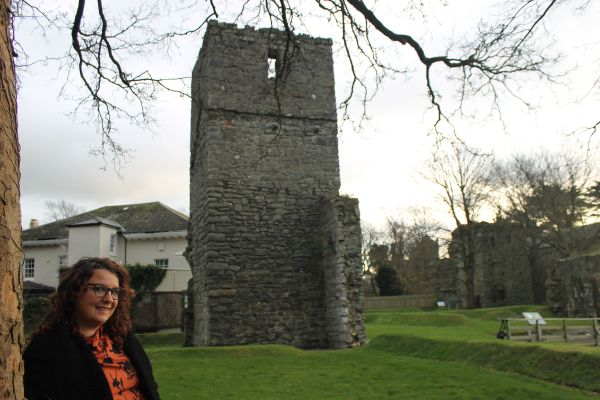In our regular feature in Isle of Man Newspapers, authors from different walks of Manx life offer a personal perspective on #MyBiosphere. This month, Marie Weale writes:
Growing up on the Isle of Man I was spoilt with such a rich history. I have always had an interest in our past. Although the buildings and the structures left behind are interesting, I was always more fascinated in the people who created them.
During my years away studying, I missed the nature of the Isle of Man, the sea, and the abundance of archaeology at every corner.
I left at the age of 19 for university and ended up specialising in human skeletal remains and have worked on both forensic and archaeological cases.
For the last seven years I have been a volunteer with Manx National Heritage, researching the human remains curated within the national collections.
Past skeletons hold a wealth of information about the people they once were. Bone is an organ, which changes and develops to the needs of the body. Yes, you can assess the biological sex of the individual, estimate their age, and calculate their height, but by looking at their muscle attachments and other features you could interpret how they moved if they had a specific activity they did habitually.
This type of research is called an osteobiography and is my favourite type. You can define an osteobiography as a methodology that uses scientific evidence to craft a story about an individual’s life or death. Each osteobiography is a unique piece of work that integrates the archaeological context with the osteological evidence, and a dash of anthropological theory.

Marie Weale at Rushen Abbey
All life in some way is shaped by disease, and past lives bore the consequences of it much more. We see evidence of so many diseases and injuries, a fractured clavicle that was not set properly. Infections that developed into their later stages, as they could not be treated due to the lack of antibiotics.
Nutritional diseases like scurvy and rickets occurred because they did not eat enough fresh fruit and veg or get enough sunshine. Through my work, I can see how these people adapted to disease, and in some cases how they must have looked after one another to survive injuries.
I can also see how active they were, with skeletons having large muscle attachments on their arms and shoulders, which could be evidence of heavy lifting and a lot of upper-body movement.
I’ve looked at individuals who show evidence of horse riding due to changes in their hips and muscular changes on their legs. One individual shows evidence of healed sharp force trauma and was found to have grown up in Eastern Europe. He travelled here at some point during his life and was buried at Rushen Abbey.
My biosphere is one of our past, as I recreate these archaeological lifeways of people to highlight the individuals who built our history.
I like to think my work reminds us that Manx history is more than the buildings and ruins that have been left behind for us, it allows us to connect with the people who built them.
Marie C. Weale is an independent researcher who specialises in human osteology, which is study of the structure and function bone. She is currently researching maternal health in the medieval period on the Isle of Man. Follow her on X @Ossaandrie


